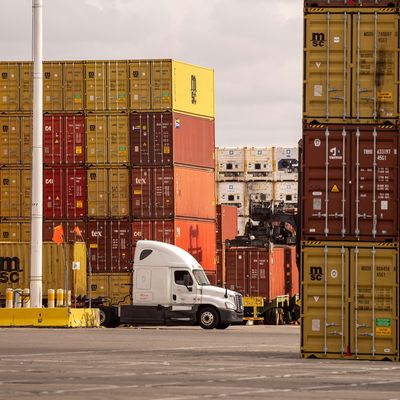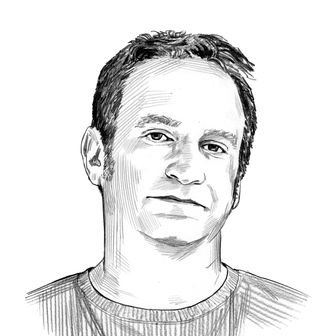
As the Delta wave crested in the U.S. over the summer, it initially looked as though the surge in cases might not slow the country’s growing economic momentum. But new data on Thursday indicate otherwise.
The economy grew at a rate of 2 percent in the third quarter of 2021, down from economists’ consensus guess of 2.8 percent. That marks the slowest quarter of growth since the end of last year’s recession. The decline was in part a measure of falling consumer spending, with Americans once again pulling back on activities like dining and travel as virus cases surged. Consumer spending rose by only 1.6 percent in the third quarter, compared with 12 percent in the previous one. The story is by now familiar: The virus was not sufficiently tamed to allow people to spend more freely.
But the virus itself wasn’t the only problem. Supply-chain issues continue to bedevil businesses around the world, and the problem looks likely to linger, at least in the near term. Inflation continues to rise, making goods notably more expensive for consumers — though the pace of inflation has slowed from 6.1 percent in the second quarter to 4.5 percent in the third. And there’s a labor shortage that’s making open positions hard to fill.
The good news is that better economic news likely lies ahead. With Delta waning across most of the U.S., spending is likely to surge in the final quarter of 2021. That alone should deliver enough of a jolt to kick-start quarter four’s numbers, even as the supply-chain issues continue to present problems.






























